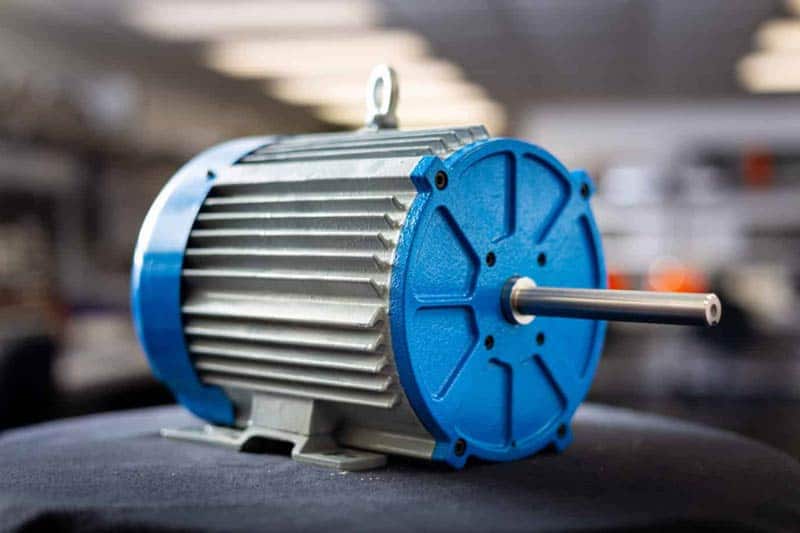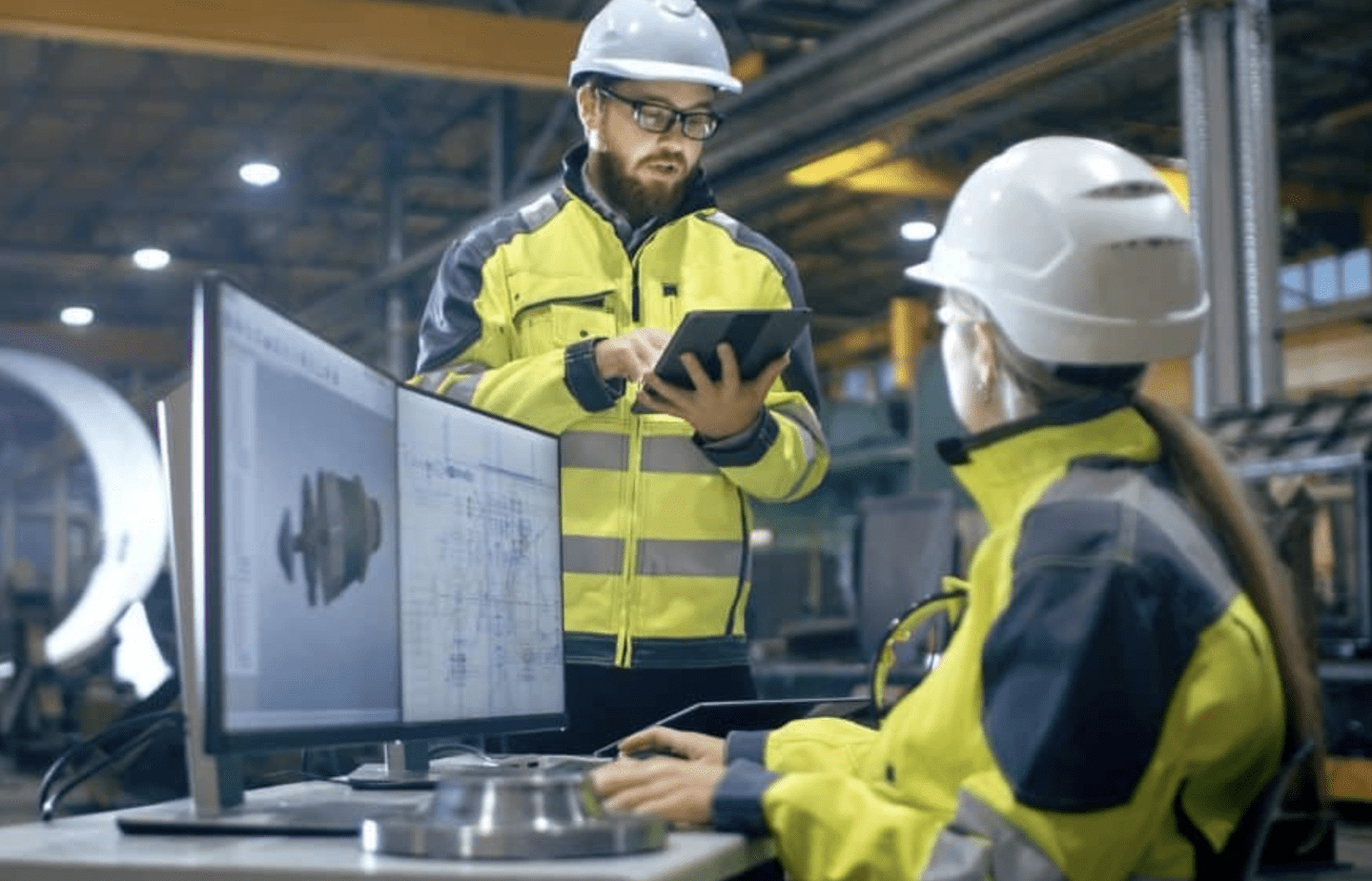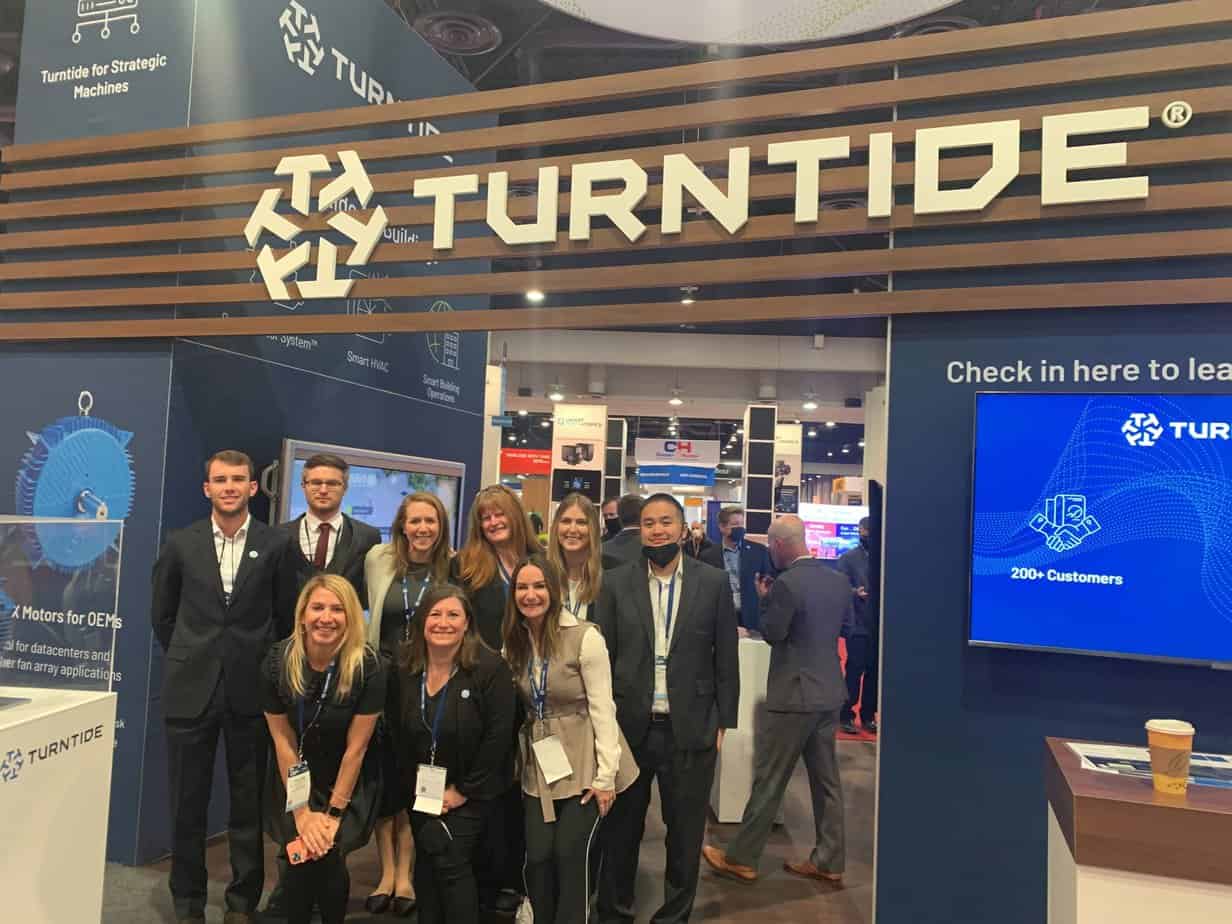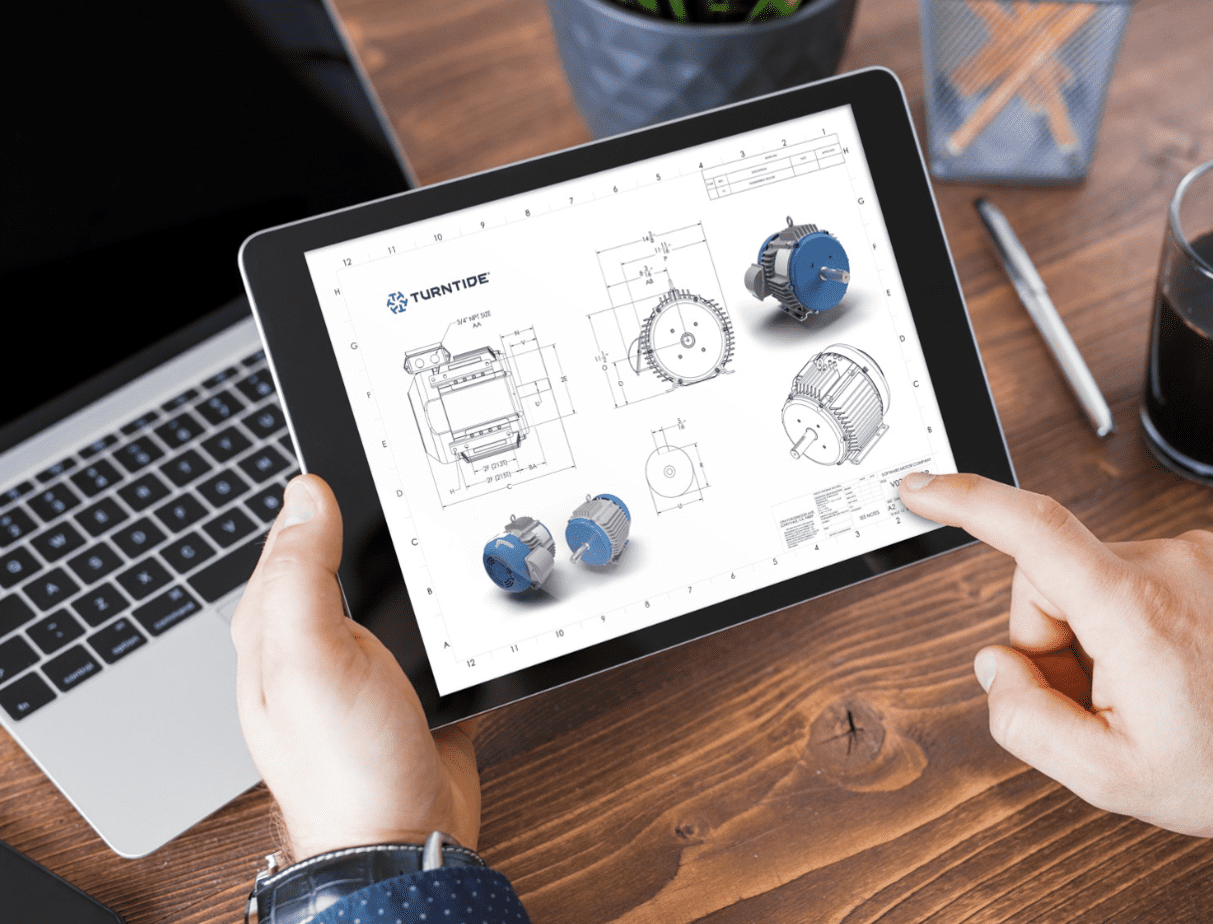The global spread of the novel coronavirus has dramatically altered the lives of nearly everyone in the world, with tens of millions infected and clusters breaking out in nearly every population center.
Over the course of the year, researchers have learned much about the virus and how it spreads. While people earlier emphasized avoiding infected surfaces, recent studies have shown that most infections are driven by people inhaling air respired by infected people. Even people who don’t experience the trademark symptoms of COVID-19 can be infectious for days, which has made the spread of this virus particularly difficult to control.
Studies of real-world infections have shown that most people pass the disease by speaking, coughing, or singing, especially indoors and without the protection of facemasks.
This diagram of a 94-person infection cluster in a call center in Seoul shows how infection can spread within an enclosed space. Although this is just one floor in a high-rise, no infections on other floors could be traced back to this floor, even through shared elevators and lobbies. The primary factor is prolonged exposure to virus globules over an extended period of time.
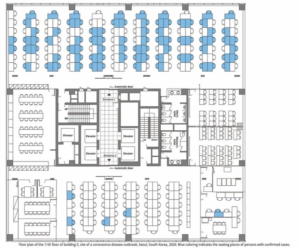
As shelter-in-place rules ease and countries and local jurisdictions move to new test-and-trace phases, businesses are seeking assurances that their employees will remain healthy and uninfected. Building owners, facility managers, and facility operators/engineers are faced with myriad challenges to provide a healthy and safe facility as they re-open to tenants. In addition to meeting regulatory guidelines, they have to help businesses achieve peace of mind, knowing that the building is optimized for employee health and safety.
The Harvard T.H. Chan School of Public Health defines the Nine Foundations of a Healthy Building as:
- Ventilation
- Air quality
- Thermal health
- Moisture
- Dusts & pests
- Safety & security
- Water quality
- Noise
- Lighting & views
They must ensure a healthy building while also guaranteeing that critical tasks are completed, providing the correct PPE to staff, maintaining social distancing, keeping to a far more rigorous cleaning schedule, increasing ventilation while still maintaining comfortable work environments, measuring and verifying building health, all while minimizing operating costs.
The American Society of Heating, Refrigerating and Air-Conditioning Engineers (ASHRAE) has issued a Position Document on Infectious Aerosols that recommends better ventilation and indoor air quality (IAQ). They recommend supplying as much outside air as reasonably possible, with emergency protocols that include increasing outside air in the building to maximum in the case of an incident. In buildings with mechanical ventilation systems, they recommend extended operation times by changing system timers to start ventilation at nominal speed at least two hours before building occupants arrive, and switching to lower speed two hours after people depart. If possible, a building should keep systems venting 24/7, to maximize ventilation and flush virus particles out of the building.
Further, for those seeking LEED certification, the United States Green Building Council (USGBC) has instituted pilot credits designed for buildings to provide better cleaning policies, plan reentry and assess progress, increase water quality, and ensure increased and proper IAQ.
Existing buildings need to have full control of and operational feedback from their existing ventilation systems. They need to be able to speed up, slow down, override, and detect faults from the systems. They also need to act on potential issues proactively, and report compliance with the guidelines that ensure the proper IAQ keeping their occupants healthy.
Operating costs are likely to increase, with one big caveat
Unfortunately, the increase in operating time of the HVAC systems will increase operating costs and energy usage in existing systems and equipment. More fans will run at higher speeds and more outside air will be brought into buildings that will require conditioning.
The good news is this brings significant benefits. Researchers at the Harvard T.H. Chan School of Public Health have found that healthy buildings increase worker productivity, decrease sick leave, and actually lead to healthier employees with measurable results that positively impact the bottom line.
Existing equipment is likely to be less efficient than what is currently available on the market, because:
- Control systems may not have enough control or feedback points to properly ensure optimal operation at optimal ventilation levels.
- Sequences of operations may not adequately control equipment to the requirements of the “new normal.”
- Equipment may not be able to adjust motor speeds to achieve savings from fan affinity laws.
- Motors are likely to be less efficient at speeds outside of their originally designed operating ranges.
- Dampers and valves may be stuck open or closed, with no way to know they aren’t working without visual inspection (usually in tough to access locations).
- Alerts and alarms for faults may not be configured appropriately or may not notify the correct responder.
What are the options for implementing these recommendations?
JLL recommends installing sensors in key building areas that provide the ability to “continuously and remotely monitor indoor air quality metrics, detect leaks and spills, and have insight into standby generation readiness” and implement facility management software that “will enable you to notify critical personnel of issues as they arise via email, phone, or text.”
Installation of efficient and “connected” equipment will alleviate many of the concerns for operating under the new paradigm. Systems should be designed to operate efficiently at all possible ranges and provide the maximum IAQ and occupant comfort. With the appropriate design, control, and selection, systems can operate at peak efficiency no matter the operation, “future proofing” operations in and out of pandemic or emergency situations.
Upgrading HVAC systems can quickly pay for itself, with bonus help from the government
Given the guidelines above, HVAC systems need to be smarter, more flexible, connected, and efficient. Life cycle costs for the equipment in standard and emergency operation should be included in business cases instead of just “first costs,” a mistake which can skew design decisions.
The benefits of upgrading equipment can drive quick payback. Smart Motor Systems generally pay for themselves in less than three years. Additionally, under the recent CARES act passed as COVID-19 relief, a business can write off the entire depreciation of the equipment in the first year, instead of over 39 years. This is a huge tax benefit in the first year of deployment.
If a piece of equipment can be upgraded to be efficient at all ranges of operation, provide proper feedback on operation and faults, and enable proper responses to changing environmental and operational requirements, then facility owners and operators should consider making the investment.
By operating at a much greater efficiency than traditional motors, the Smart Motor System is perfect for these longer hours of operation. The SMC solution is also designed for variable speed operation, which is ideal for the COVID-19 guidelines requiring more variability in fan speeds to optimize airflow. And since a switched reluctance motor runs very efficiently at lower speeds, it’s optimal for continuous airflow or venting operation.
The Smart Motor System also allows for insight into motor operation and its underlying HVAC system. The system can provide insights, operational parameter reporting, and fault detection. It can integrate into existing building management systems, building automation systems, and energy management systems via industry standard BACnet communication protocols (or via simply “hardwiring” to inputs / outputs on our equipment).
COVID-19 is the start of a new era
The impact of COVID-19 is still unfolding around the world. It’s an event so sweeping and universal that, even after the eventual development and distribution of a vaccine, most experts believe that things will never return to the “normal” we knew in before 2020.
Nobody is certain how the future of common spaces will look. Much as 9/11 altered how we envisioned security, the novel coronavirus will change how people view being indoors around other people. Now is the time to build that future, starting with the air we breathe.
What's New
Take the Next Step
Talk to our team to see how we can help you save energy and boost your bottom line.
Schedule Consult

